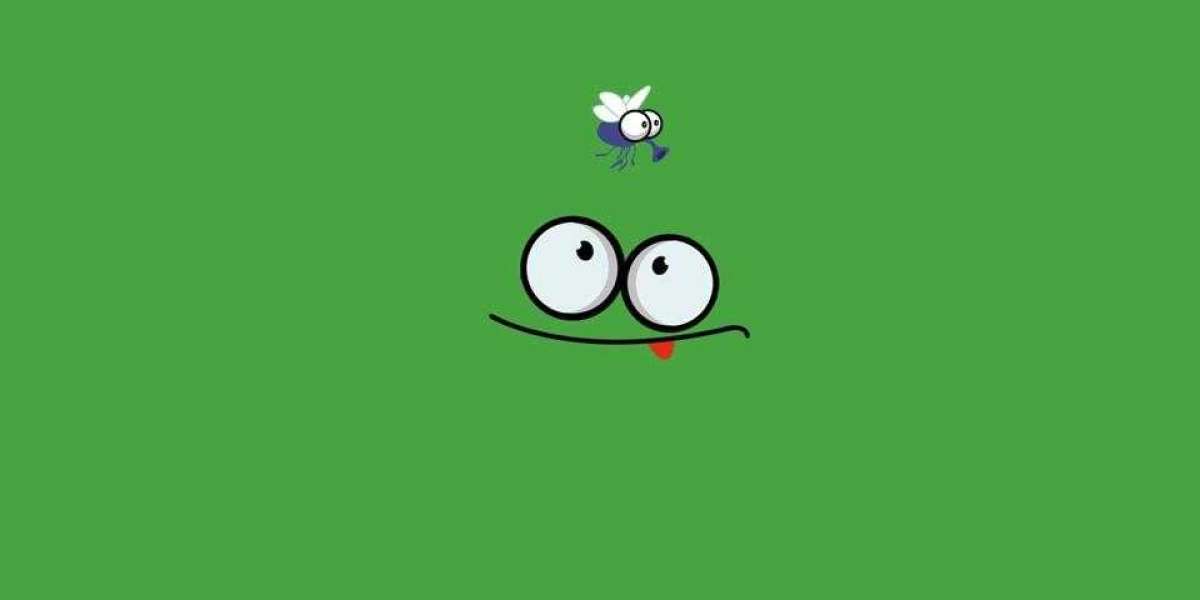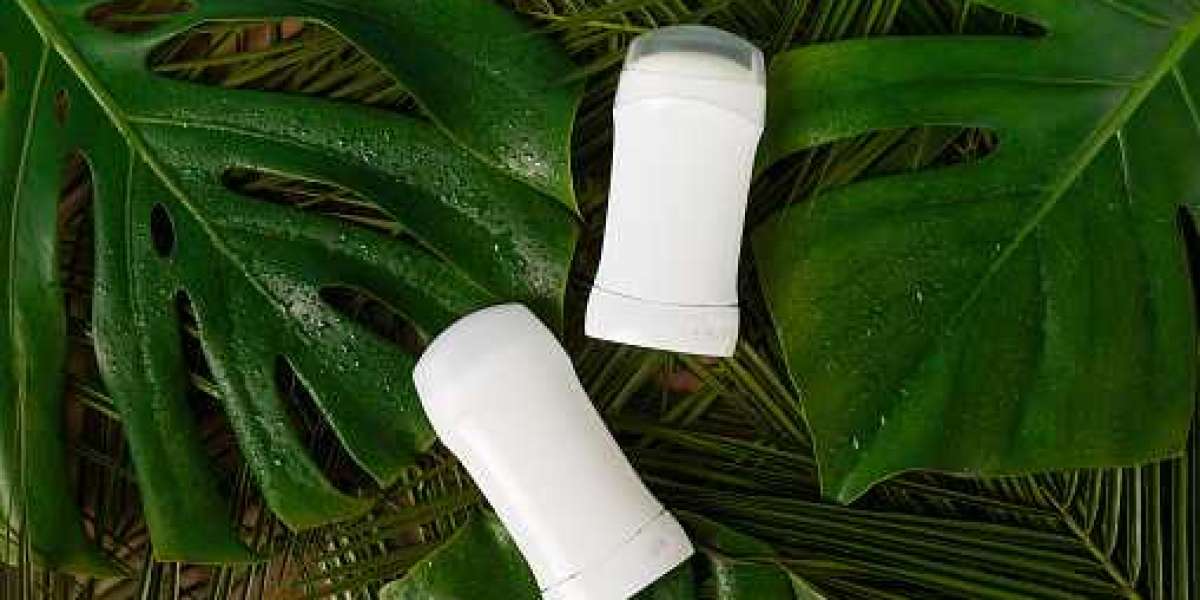Pros and Cons of Using Landscape Fabric
Whether you call it landscaping fabric, weed block or weed barrier fabric, ask any landscaper or gardener how they feel about its use and they’ll probably have a strong opinion.
Landscape fabric is often promoted as the solution to the bane of every gardener’s existence – weeds. Not only does it supposedly block unwanted weed growth, but best of all, you don’t have to worry about weeding for what seems like years.
Unfortunately, and like with many advertised products, this isn’t exactly true.
Landscaping fabric definitely has its pros and cons when it comes to its use.
Pros of Landscape Fabric
Some of the benefits of using landscaping fabric include:
Keeps inorganic mulches like rocks from sinking into the soil.
Prevents weed seeds covered by fabric from sprouting.
Reduces the need for herbicidal weed control.
Works well on slopes where erosion is a problem.
Helps the soil retain moisture.
Cons of Landscape Fabric
Some of the cons of using landscaping fabric include:
Over time, decomposing particles of mulch and soil clog the perforations in the cloth, which keep adequate amounts of water and air from reaching the plant roots leading to the plant’s decline.
Earthworms, which aerate the soil, don’t develop, leading to compacted and unhealthy soil.
The fabric acts as a barrier to organic materials biodegrading in the soil, which lead to an unhealthier soil structure.
Weeds can still grow in the mulch used to cover the fabric.
Landscape fabric is time-consuming to install, especially around existing plantings.
Is Landscape Fabric the Right Choice for Your Project?
If used properly and in the best situations, landscaping fabric does have its benefits, but it does have its drawbacks.
Although it might work for a time in reducing weeds in an area, the unwanted growth eventually rears its ugly head despite the weed barrier.
Over time, you also end up with soil that isn’t as healthy, which can affect your plants and their health.
Something else worth noting: Landscape fabric won’t last forever.
Landscaping fabric generally works as a weed barrier for a year or less before its usefulness starts declining.
In fact, and according to the University of Florida, its long-term use can negatively affect soil and plant health and is best used where ornamental plants aren’t growing like pathways or around mailboxes.
How to install weed matting
Install weed matting on the garden
First, remove all the weeds from the area you want to cover. Then roll out the weed mat onto your garden bed and cut it to size with scissors. Now peg it in place using either metal or plastic pegs. If your ground is a bit hard, you might need to use a hammer.
Put plants in through the weed matting
Now place each plant pot on top of the weed mat and trace a circle around it with your marker. Draw an “X” inside the circle and cut along those lines. Now fold back the four corners to make the hole for your plant. Once you have done all your planting, finish by covering the matting with 5-10cm of mulch.
What Is the Difference between Needle Punched Cotton and Non-Woven Fabric?
Needle-punched cotton belongs to the non-woven industry. Needle-punched cotton is a kind of non-woven fabric, including many non-woven fabrics, such as spun lace, needle punch, hot air, spun-bond, melt blown, electrostatic spinning, stitch-bonding, wet method, etc. Needle-punched cotton is made of polyester fiber through a non-woven needle punching process. It is also through the opening, mixing, carding, laying, needle punching, and winding of polyester fibers into cloth. But everyone is called needle-punched cotton, but they are not familiar with needle-punched cotton as non-woven fabric. The range of non-woven fabrics is very large, which is a cross-category between traditional crafts. For example, spunbond is close to the plastics industry. The wet process is close to the paper industry. Needling is close to the carpet industry. Below, the non-woven fabric manufacturers share the differences between the two.
1. Different raw materials
Needle-punched cotton: The raw material of needle-punched cotton is polyester fiber.
Non-woven fabric: The raw material of the non-woven fabric is polypropylene pellets, oriented or random fibers.
2. Different production methods
Needle-punched cotton: Needle-punched cotton is made by needle-punching fibers directly into flakes without weaving.
Non-woven fabrics: Non-woven fabrics are produced by a continuous one-step process of high-temperature melting, spinning, laying, and hot-pressing of raw materials.
3. The characteristics are different
Needle-punched cotton: Needle-punched cotton has the characteristics of high density, thin thickness, and firm texture.
Non-woven fabric: Non-woven fabric has the characteristics of flexibility, lightweight, non-combustibility, easy decomposition, non-toxic, and non-irritating.
4. Different applications
Needle-punched cotton: Needle-punched cotton can be used not only in the field of clothing, but also in industries, filtration, automobiles, air coolers, furniture, home textiles, medical care products, cushions, and thermal insulation series.
Non-woven fabrics: Non-woven fabrics can be used in medical, health, agriculture, clothing, and other fields, as well as in construction and aerospace fields.
In general, the difference between needle-punched cotton and the non-woven fabric is that the raw materials are different, the production methods are different, and the characteristics are different.
Silt Fencing
The purpose of silt fencing is to detain runoff flows so that deposition of transported sediment can occur through settlement. They are not used to filter sediment out of runoff.
We install silt fences:
Where there is a need to control sediment by intercepting sheet flow
Where a site is low gradient, or is confined with a small contributing catchment, such as short batter fills and around watercourses
To delineate the limit of disturbance on an earthworks site, such as riparian areas or bush reserves
Where installation of an earth or topsoil bund would destroy sensitive areas, such as bush and wetlands.
To provide a barrier that can collect and hold debris and soil, preventing the material from entering critical areas, watercourses or streets.
Evergreen Landcare has the required expertise:
Silt fence and super silt fence
Supply and install to GD05 standard
100 plus metres achieved per day
Fast response fast turn around
Machine or manual option available
Ways To Use Nonwoven Fabric For Agriculture
While the agricultural industry isn’t the biggest user of nonwovens, it is nevertheless taking advantage of the technology; in fact, the use of the technology in agriculture is increasing year by year. There are a number of reasons for this. Firstly, more farmers are being made aware of the many cost-effective benefits that nonwoven technology can impart to farming and agriculture.
Secondly, nonwovens are providing alternatives to more traditional ways of doing things, such as providing better protection for crops from the sun, especially during dry seasons. Thirdly, people are coming up with ways to use nonwovens in different settings, including agriculture.
There are many reasons why nonwovens are ideally suited for agricultural uses. They can, for example, help improve productivity and efficiency in managing greenhouses, increasing crop yield, estimating labor needs, and, possibly, reducing the need for pesticides.
What is great about nonwovens is that they are generally not one-size-fits-all, pre-made, come-in-uniform-bundles products—instead, they are state-of-the-art, custom-fit, and specifically tailored to tackle one job or need type of product. Most people have to go shopping to see what products fit their needs; when it comes to nonwovens, though, it’s the other way around.
The agricultural industry finds a need or thinks of a way to address a problem and then they ask the nonwoven industry to tailor-make something that will adequately address that need cost-effectively. In most instances, those needs have been met or continue to be met as the industry finds new ways to use nonwoven technology.
In some cases, the nonwoven industry has proposed a solution that the agricultural industry accepted and ultimately put to good use.
Some of the characteristics that make nonwovens very useful, if not indispensable, for the agricultural industry include:
Heat control and sealability
Hydrophilic and hydrophobic capacity
Can be excellent covering material with graduated-to-need air permeability
Moisture absorption, in the amount/percentage needed
Good light transmittance (especially useful for greenhouses and other ways)
2% to 3% UV protection capability
Suppression of weed growth without the use of dangerous chemicals
Photo synthesis enhancement or reduction, as needed
Helping to keep heat lower to the ground; helping to increase or decrease ground temperature, as needed
Helping to avoid damage to fruit and root by managing air permeability properly
Biodegradable materials
Helping to enhance the effects of fertilizers; preventing loss thereof
Helping to reduce disease possibilities, such as by not allowing too much water to accumulate
Helping to manage pest problems and, thus, reducing crop losses
Helping to keep the soil moist and loose
Helping to reduce need for irrigation (probably one of the biggest costs for agriculture)







